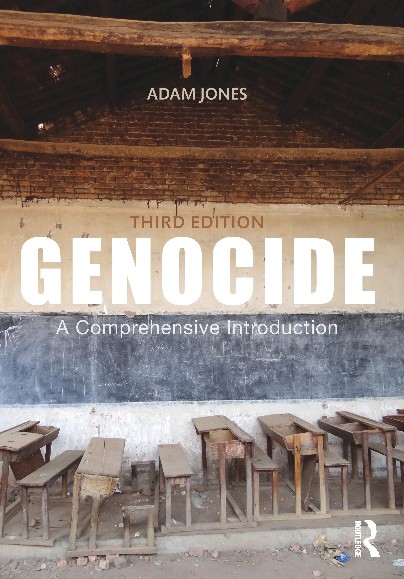The UN Must Try Iran's 1988 Murderers
By Geoffrey Robertson
The Guardian, June 7, 2010
"[...] It happened in the summer of 1988, after the war with Iraq ended in a bitter truce. Iran's prisons were full of students sentenced for protesting against Ayatollah Khomeini in the early 1980s -- Marxists and leftists of all varieties and supporters of the Mujahedin-e Khalq Organisation -- a guerrilla sunni-Marxist movement. They had been sorted by prison officials into groups of those who remained 'steadfast' in their political beliefs or who were apostates. The regime decided they should be eradicated so they would not trouble the postwar government, and Khomeini issued a secret fatwa authorising their execution. Revolutionary guards descended on the prisons and a 'death committee' (an Islamic judge, a revolutionary prosecutor and an intelligence ministry official) took a minute or so to identify each prisoner, declare them mohareb and direct them to the gallows erected in the prison auditorium, where they were hanged six at a time. Later their bodies were doused in disinfectant and transported in meat trucks to mass graves.
Their belongings were returned in plastic bags to their families three months later, but the regime still refuses to reveal the location of the graves and continues to forbid relatives from gathering at one site which has been identified in a Tehran cemetery. Comparisons between atrocities are invidious, but this involved almost as many casualties as Srebrenica and was a cold-blooded killing by the state of prisoners after the war had ended. It bears some comparison to the death marches of allied prisoners at the end of the second world war -- the Japanese generals responsible were sentenced to death at the Tokyo trials. So who was responsible for the Iranian prison slaughter? Ayatollah Khomeini is dead. But the three leading figures of his regime are still very much alive, and available to be put on trial in an international court. The then president, Ali Khamenei, is now Iran's Supreme Leader -- the man who endorsed last year's rigged election. Ali Rafsanjani, still a powerful political player, was then the commander of the Revolutionary Guard, who were ordered to carry out the killings. Then there is the man who in 1988 was Iran's prime minister -- Mir Hussein Mousavi, today's reform movement leader. Mousavi was challenged at election meetings last year by chants of '1988' but has declined to tell what he knows of the mass murder. ... The fact that [the prisoners] were killed ostensibly because they did not believe in God -- the God of the ayatollah's revolution -- makes their slaughter a form of genocide: the destruction of a group because of its attitude to religion. [...]"
[n.b. The use of a genocide framework to cover "the destruction of a group because of its attitude to religion" is very interesting, and reminiscent of attempts in Argentina to define the killing of leftist sympathizers as genocide because they were deemed "godless communists" ... as indeed were many of the Iranian victims.]
Monday, June 07, 2010
Subscribe to:
Post Comments (Atom)














No comments:
Post a Comment
Please be constructive in your comments. - AJ